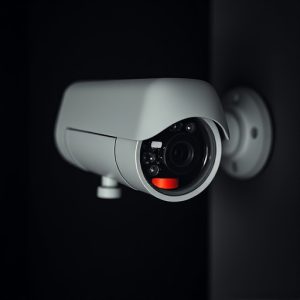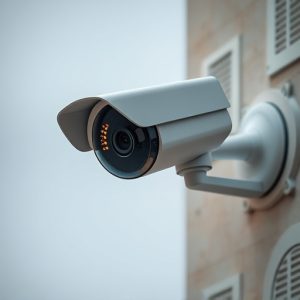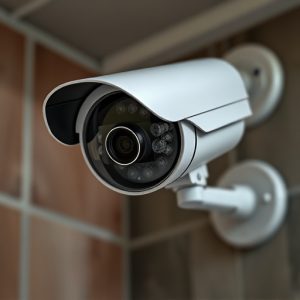Realistic Security Camera Shells: Preventing Crime with Disguised Tech
Fake cameras strategically placed in neighborhoods act as powerful psychological deterrents against…….
Fake cameras strategically placed in neighborhoods act as powerful psychological deterrents against crime, mimicking real security equipment to create the perception of heightened surveillance. These decoy devices, designed with realism in mind, encourage criminals to avoid targeted areas due to perceived risks, contributing to safer communities by attracting them to less guarded environments. Effective placement and regular maintenance ensure these hidden cameras' longevity and effectiveness as part of a comprehensive neighborhood crime prevention strategy.
In today’s digital era, security cameras play a pivotal role in neighborhood crime prevention. However, the proliferation of fake cameras has emerged as a countermeasure, often exacerbating the problem. This article delves into the importance of realistic security camera shell design as a solution. We explore how well-crafted replicas can deter criminal activity while blending seamlessly into urban landscapes. By understanding the key design considerations and best practices for installation and maintenance, communities can leverage these disguised cameras to create a safer environment without compromising aesthetics.
- Understanding Fake Cameras and Their Role in Neighborhood Crime Prevention
- Key Design Considerations for Realistic Security Camera Shells
- Best Practices for Installing and Maintaining Disguised Security Cameras
Understanding Fake Cameras and Their Role in Neighborhood Crime Prevention
Fake cameras, also known as dummy or decoy cameras, play a surprising yet crucial role in neighborhood crime prevention. Often designed to look like real security cameras, they serve as a powerful psychological tool to deter potential criminals. By strategically placing these fake cameras around residential areas, communities can create an illusion of enhanced surveillance, making it less likely for criminals to target homes and businesses.
These decoy devices operate on the principle of deterrence, where their mere presence encourages lawbreakers to choose alternative, less risky locations. Unlike real security systems that capture evidence, fake cameras signal to offenders that they are being watched, even if there’s no actual monitoring taking place. This simple tactic can significantly contribute to a safer neighborhood, as criminals often seek environments with minimal deterrents.
Key Design Considerations for Realistic Security Camera Shells
When designing realistic security camera shells, several key considerations come into play to ensure their effectiveness in neighborhood crime prevention. First and foremost, the design should prioritize realism, aiming to mimic authentic camera appearances as closely as possible. This includes attention to detail in terms of shape, size, and texture, ensuring the fake cameras look indistinguishable from real ones. Realistic shells can be made using advanced materials that replicate the visual properties of metal or plastic found on actual security equipment, complete with subtle imperfections to enhance their verisimility.
Another crucial aspect is placement and orientation. Fake cameras should be strategically positioned in areas where they have line-of-sight access to potential crime scenes, such as intersections, entry points, and common hangouts. Proper orientation ensures the camera’s lens is clearly visible, allowing it to capture high-quality footage. Additionally, the design should consider environmental factors like weather resistance and durability to ensure these fake cameras can withstand outdoor conditions over an extended period, thereby contributing significantly to neighborhood crime prevention efforts.
Best Practices for Installing and Maintaining Disguised Security Cameras
When installing disguised security cameras, whether for personal or community safety, it’s crucial to adopt best practices that enhance their effectiveness and integrity as a crime prevention tool. Firstly, placement is key; strategically position the cameras in areas where they appear genuine but offer optimal coverage. This often involves mimicking real camera locations, like corners of buildings, fence posts, or tree branches, using natural elements to conceal the device.
Regular maintenance ensures these fake cameras remain functional and convincing. This includes testing power sources, checking for clear video quality, and ensuring the camouflage remains intact. Keeping a log of maintenance activities can help identify potential issues and ensure the camera’s longevity, thereby contributing to an effective Neighborhood Crime Prevention strategy.
Realistic security camera shells offer a unique approach to neighborhood crime prevention, leveraging the power of deception. By understanding the role of fake cameras in deterring criminal activity and carefully considering design elements, we can create effective and subtle surveillance solutions. Implementing these best practices ensures that disguised cameras remain efficient, reliable, and ethically sound tools for enhancing community safety. Remember, when used responsibly, fake cameras can be a game-changer in building secure and peaceful neighborhoods.


